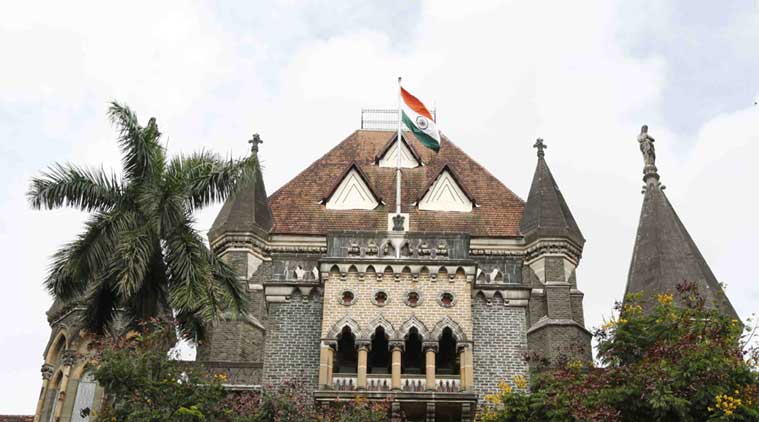Stay updated with the latest - Click here to follow us on Instagram
No proof of archaeological importance: Bombay HC allows construction near Ramgarh Cave
On May 2, 2016, the court had directed the developer of the redevelopment project to ensure that no activity was carried out at the site where Ramgarh Cave was located and to ensure that every precaution was taken to see that no damage was caused to the cave.
 Bombay High Court
Bombay High Court
The Bombay High Court recently granted permission for construction of a Slum Rehabilitation Redevelopment project near the Ramgarh Cave in Jogeshwari that was earlier stalled by court orders. The court noted that “prima facie the material on record does not seem to suggest that the small cave in question has any archaeological or other importance”.
On May 2, 2016, the court had directed the developer of the redevelopment project to ensure that no activity was carried out at the site where Ramgarh Cave was located and to ensure that every precaution was taken to see that no damage was caused to the cave.
“Upon taking into consideration the entire material on record, we are satisfied that the entire SRA redevelopment project need not be stalled. At least prima facie, the material on record, does not seem to suggest that the small cave in question has any archaeological or other importance. From the photographs shown to us, constructions have mushroomed all around the cave and some of the constructions are even touching the cave in question,” said Chief Justice Manjula Chellur.
The court was hearing a notice of motion filed by the developer in a PIL filed by one Sarfaraz Shaikh. The petition had sought that no construction activity be allowed within 200 metres of the cave. It had claimed that the Ramgarh Cave was of archaeological importance, having been set up in the Before Christ era.
In May 2016, by way of ad-interim relief, the court directed stalling of all construction activity as no reply had been filed in the matter by the Centre or other party. When the matter came up for hearing in November 2016, the High Court sought that a proper affidavit be filed after “due application of mind and inspection of the site and the cave”, to explain whether the cave in question was of any archaeological importance.
A reply was then filed in July 2017, by Bipin Chandra, superintending archaeologist in-charge. He had stated that the Ramgarh Cave is a small rock cut cave and are presently congested by several modern structures. In his reply, Chandra further stated that in absence of any clear decorative motif, pattern, inscription and any old sculptural art, the date or period of the small cave could not be ascertained.
“There is an idol of Lord Hanuman in the cave. There is reference to a figure on main niche, which locals consider as of Lord Ganesha. This cave is neither under the protection of Archaeological Survey of India nor under the State Archeology Department of Maharashtra,” the affidavit said.
Meanwhile, appearing for the developer, senior advocate Milind Sathe argued “that for the present, there is no proposal to even touch the cave in question”. He further said that in light of the affidavit, there was no reason to continue with the ad-interim relief which has the effect of virtually stalling the entire slum rehabilitation project.
“The Applicant (developer) does not, for the present, wish to demolish, damage or even touch the cave in-question. Taking into consideration the detailed affidavit, we are satisfied that the ad-interim relief earlier granted is required to be suitably modified or restricted,” said the court.
Granting permission to the developer to continue with construction activity, the court held that “the applicant, in the course of development or construction, shall not undertake any construction so as to touch or damage the actual cave in question until further orders”.







